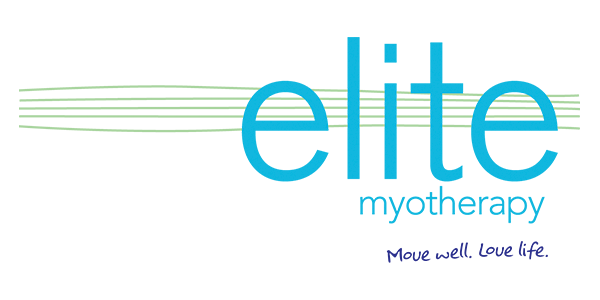In the field of injury management and recovery, ice and heat treatments are two of the most common and effective methods. Knowing when and how to use each can make a significant difference in the healing process and pain relief. Additionally, incorporating Myotherapy into your recovery plan can further enhance these benefits. Here’s a guide to understanding the difference between ice and heat treatment, their appropriate uses, and how Myotherapy can assist in managing injuries.
Ice Treatment: When and How to Use It
When to Use Ice
Ice treatment, also known as cryotherapy, is typically used immediately after an acute injury. It is most effective within the first 48 hours following the injury. The primary purposes of using ice are to reduce inflammation, numb the area, and decrease swelling. Here are some scenarios where ice treatment is beneficial:
- Acute Injuries: Sprains, strains, and fractures
- Inflammation: Conditions with noticeable swelling
- Post-Activity: After a strenuous workout or physical activity to minimize muscle soreness
How to Use Ice
When applying ice to an injury, follow these guidelines for optimal results:
- Ice Pack: Use a commercial ice pack or a homemade one (ice wrapped in a towel). Avoid applying ice directly to the skin to prevent frostbite.
- Duration: Apply the ice pack for 15-20 minutes at a time, allowing the skin to return to normal temperature between sessions.
- Frequency: Ice the injured area every 1-2 hours for the first 48 hours after the injury.
Heat Treatment: When and How to Use It
When to Use Heat
Heat treatment, or thermotherapy, is best used for chronic conditions and to relax and soothe muscles. It helps increase blood flow, improve flexibility, and reduce muscle stiffness. Here are some situations where heat treatment is beneficial:
- Chronic Pain: Persistent back or neck pain
- Muscle Tension: Tight or stiff muscles
- Pre-Activity: Before exercise to warm up muscles and joints
How to Use Heat
When applying heat to an affected area, keep these tips in mind:
- Heat Pack: Use a heating pad, warm towel, or hot water bottle. Ensure the heat source is comfortably warm, not hot, to avoid burns.
- Duration: Apply heat for 15-20 minutes at a time.
- Frequency: Use heat treatment as needed to relieve pain and stiffness, but limit sessions to a few times a day.
How Myotherapy Can Help with Injuries
Myotherapy is an effective approach to managing and recovering from injuries. Myotherapists use a combination of techniques to complement the benefits of ice and heat treatments and promote overall healing. Here’s how Myotherapy can assist:
Assessment and Diagnosis
Myotherapists perform a thorough assessment to identify the specific nature and extent of the injury. This helps in creating a tailored treatment plan that addresses the root cause of the problem.
Manual Therapy Techniques
Myotherapists use various manual therapy techniques such as deep tissue massage, myofascial release, and trigger point therapy to relieve muscle tension, reduce pain, and improve circulation. These techniques can enhance the effectiveness of both ice and heat treatments.
Corrective Exercises
In addition to manual therapy, Myotherapists prescribe specific exercises to strengthen muscles, improve flexibility, and prevent future injuries. These exercises are crucial for long-term recovery and maintaining optimal physical health.
Postural and Ergonomic Advice
Myotherapists provide guidance on maintaining proper posture and ergonomics during daily activities and work. This helps prevent strain and reduces the risk of re-injury.
Pain Management Strategies
Myotherapists offer various pain management strategies, including the appropriate use of ice and heat treatments, to ensure comprehensive care and effective recovery.
Understanding when to use ice versus heat treatment is essential for effective injury management and recovery. Ice is best for acute injuries and reducing inflammation, while heat is ideal for chronic conditions and relieving muscle tension. By incorporating Myotherapy into your recovery plan, you can benefit from a holistic approach that combines manual therapy, corrective exercises, and personalized advice to ensure optimal healing and prevent future injuries. If you’re dealing with an injury or chronic pain, consider consulting a Myotherapist to explore how they can help you achieve a full and speedy recovery.







